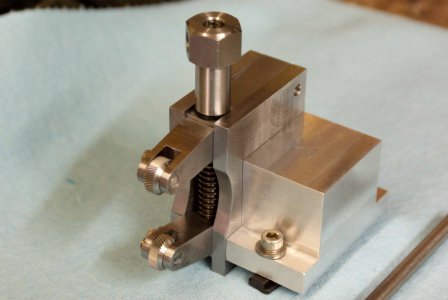- Joined
- Dec 17, 2012
- Messages
- 630
I had put off trying knurling. Back when I made a parting tool holder (left) , I just left it plain and used the alternative knurler (channel locks). Well, that was substandard. I figured I had better get with it and learn how to use the knurlers.
I started out with scrap stock and went through the practice and finally got it figured out. Here are samples in steel (top), brass (middle), and aluminum(bottom).
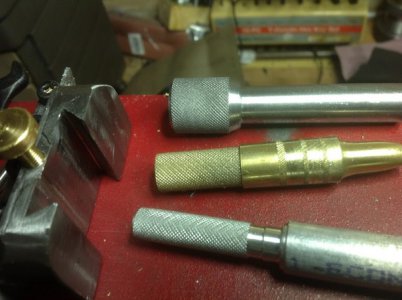
While the knurling was coming out ok, I didn't like putting that much force on the cross slide to get it done so I ordered a new clamping type knurler.
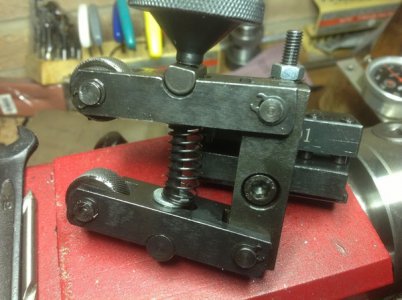
Much better. It makes knurling a no brainer. Here is a sample on my tommy bar for my ER32 collet holder.
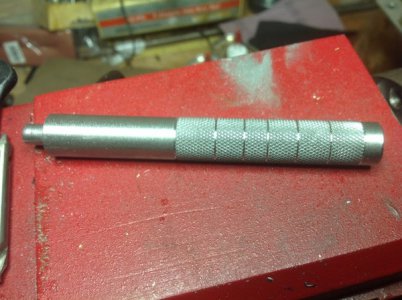
Makes it look much more like a tool rather than just a random piece of steel. Here is a close up. I filed the knurls a little as it felt like holding a rasp because the knurls were so sharp.
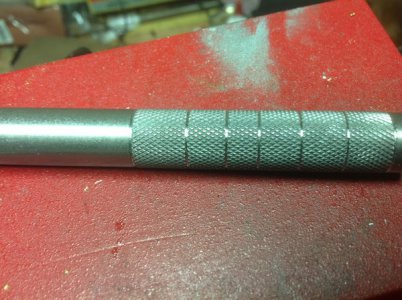
I started out with scrap stock and went through the practice and finally got it figured out. Here are samples in steel (top), brass (middle), and aluminum(bottom).

While the knurling was coming out ok, I didn't like putting that much force on the cross slide to get it done so I ordered a new clamping type knurler.

Much better. It makes knurling a no brainer. Here is a sample on my tommy bar for my ER32 collet holder.

Makes it look much more like a tool rather than just a random piece of steel. Here is a close up. I filed the knurls a little as it felt like holding a rasp because the knurls were so sharp.



